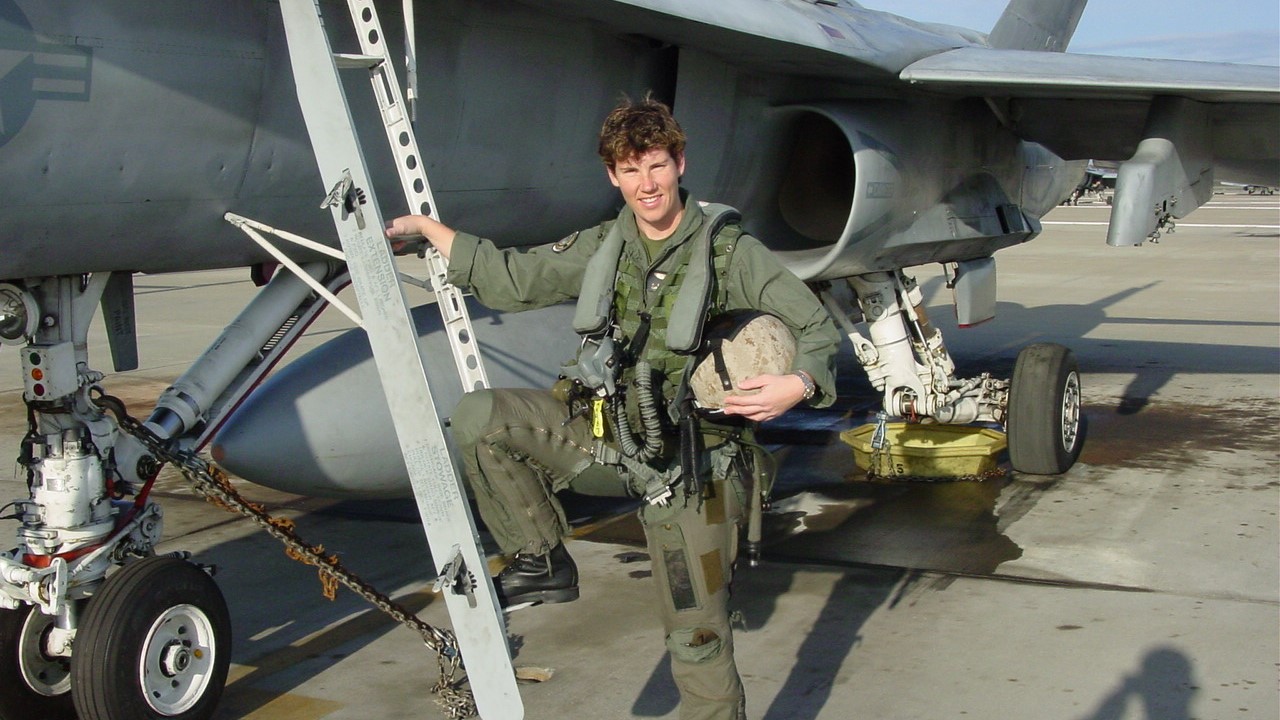MANY YEARS AFTER PLAYING THEIR famed roles in promoting revolution and republicanism among the dispersed peoples of colonial North America, John Adams and Benjamin Rush engaged in a lively correspondence about the importance of human agency in determining the course of history. “I shall continue to believe that ‘great men’ are a lie,” wrote Rush, “and that there is very little difference in that superstition which leads us to believe in witches and conjurers.” Adams agreed heartily and even went a step further: “The feasts and funerals in honor of George Washington is as corrupt a system as that by which saints were canonized and cardinals, popes and whole hierarchical systems created.” Adams meant no disrespect to Washington, a man he had known for 25 years and in whose administration he served two terms as Vice President. On the contrary, said Adams, were Washington still alive, he would surely be mortified by the “pilgrimages to Mount Vernon as the new Mecca or Jerusalem.”
March 2011
It was an extraordinary friendship between photographer and subject. Over a period spanning 27 years, from the early years of her Hollywood fame to her tragic car accident in 1982, Howell Conant captured Grace Kelly as she blossomed from a movie legend into a princess and then mother and royal role model. In the process, Conant broke through the cold, goddess-style portrait style that was the vogue and created a new look in Hollywood portraits: natural glamour. Yet, throughout, Conant acted not just as her official photographer but also her confidant, who had access to Grace in her most private moments.
DAVID HALBERSTAM had put the finishing touches on his final book, The Coldest Winter, in the spring of 2007, just five days before his tragic death in a car accident in California. He had essentially finished the book months earlier, but, with a book, there is finishing, and then a little more finishing, and then a final finishing, and, after months of revising, checking and rechecking, slashing, inserting, and wrestling with endless pages of manuscript and printed proofs, he stopped by his publisher’s office on an April Wednesday and dropped off his final corrections. This was the book as he wanted it to be, and he was happy with it.
I’d scrutinized the economy every working day for decades and had visited the Fed scores of times. Nevertheless, when I was appointed chairman in August 1987, I knew I’d have a lot to learn. That was reinforced the minute I walked in the door. The first person to greet me was Dennis Buckley, a security agent who would stay with me throughout my tenure. He addressed me as “Mr. Chairman.”
Without thinking, I said, “Don’t be silly. Everybody calls me Alan.”
He gently explained that calling the chairman by his first name was just not the way things were done at the Fed.
So, Alan became Mr. Chairman.
In the waning daylight of the bloodiest single-day battle in American history, a tremendous cheer suddenly resounded from the 23d Ohio Volunteers arrayed across a cornfield in Sharpsburg, Maryland. The tired men could see the figure of their 19-year-old commissary sergeant driving his mule team through shot and shell to their front lines bearing barrels of hot coffee and food. Every man in that regiment received a cup of hot java—and a second wind—courtesy of young William McKinley, who would later become 25th president of the U.S. Arguments for how the North prevailed during the Civil War are inexhaustible—supplies, manpower, industrial infrastructure. But might we add one more?
Coffee. The winners had plenty. The losers had none.
The Union naval blockade of the Southern coast cut off the supply of coffee to the Confederacy so that between 1861 and 1865, coffee prices soared and a pound of coffee, if it could be found, cost as much as $70 far exceeding a Confederate soldier’s monthly pay of $11. Desperate Johnny Rebs tried roasting dandelion and okra seeds, sweet potatoes and peas, persimmons, and even acorns, trying to come up with a substitute.

Early on March 20, 2003, when the desert sky was still shrouded in darkness, stadium lights shone down on Al Jabar Air Base in Kuwait and lit the path to the flight line for a 28-year-old Marine captain whose jumpsuit ID tag bore the name “McGrath.”
